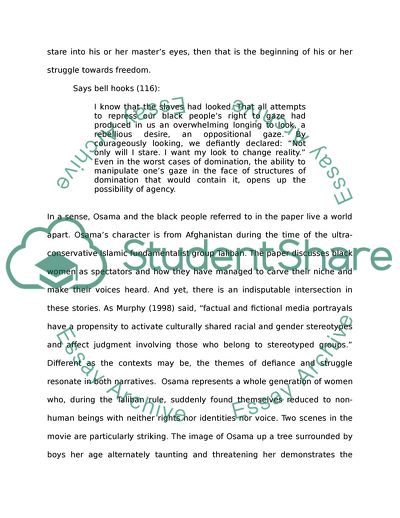Cite this document
(From Victim to Heroine: The Depiction of Woman in the Movie Osama Case Study, n.d.)
From Victim to Heroine: The Depiction of Woman in the Movie Osama Case Study. Retrieved from https://studentshare.org/visual-arts-film-studies/1705532-women-and-film
From Victim to Heroine: The Depiction of Woman in the Movie Osama Case Study. Retrieved from https://studentshare.org/visual-arts-film-studies/1705532-women-and-film
(From Victim to Heroine: The Depiction of Woman in the Movie Osama Case Study)
From Victim to Heroine: The Depiction of Woman in the Movie Osama Case Study. https://studentshare.org/visual-arts-film-studies/1705532-women-and-film.
From Victim to Heroine: The Depiction of Woman in the Movie Osama Case Study. https://studentshare.org/visual-arts-film-studies/1705532-women-and-film.
“From Victim to Heroine: The Depiction of Woman in the Movie Osama Case Study”. https://studentshare.org/visual-arts-film-studies/1705532-women-and-film.


